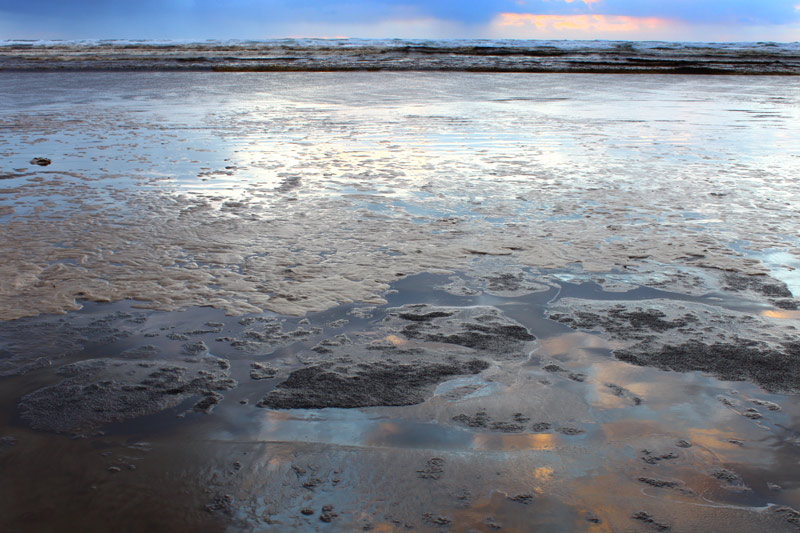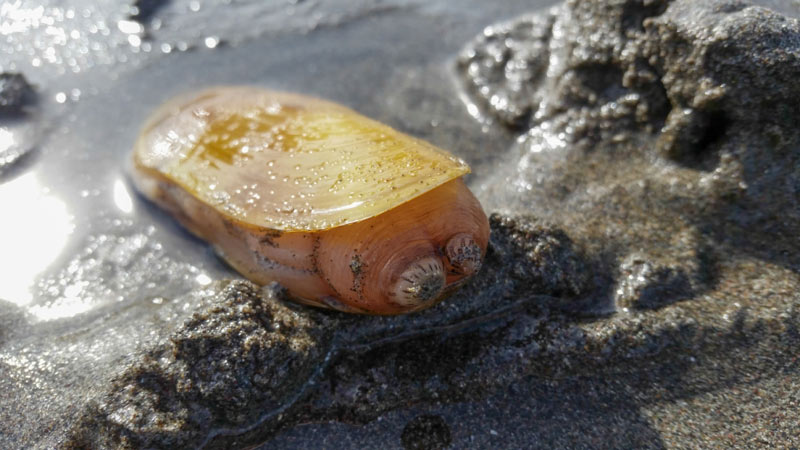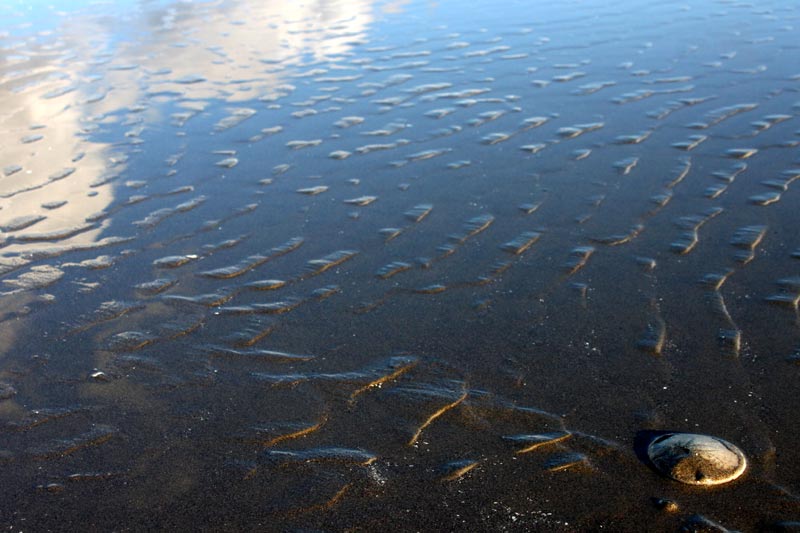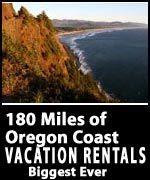Intriguing Connection to Clams, Diatoms, Brown Waves and Washington / Oregon Coast
Published 11/13/22 at 5:19 PM
By Oregon Coast Beach Connection staff

Includes exclusive listings; some specials in winter
In Cannon Beach:
Includes rentals not listed anywhere else
In Manzanita, Wheeler, Rockaway Beach:
Some specials for winter
In Pacific City, Oceanside:
Some specials for winter
In Lincoln City:
Some specials for winter
In Depoe Bay, Gleneden Beach:
Some specials for winter
In Newport:
Look for some specials
In Waldport
Some specials for winter
In Yachats, Florence
Some specials for winter
Southern Oregon Coast Hotels / Lodgings
Reedsport to Brookings, places to stay; winter deals
(Warrenton, Oregon) – Two small stretches of the Washington coast and north Oregon coast have something curious in common that also sets them apart from the rest of the region. A larger-than-usual population of diatoms makes for the oddball phenomena of brown waves and an enormous density of razor clams – as well as lots of whole sand dollars (at least in one area). (Photo of Long Beach brown waves Oregon Coast Beach Connection)
The Long Beach Peninsula, on the southern Washington coast, and Clatsop Beach, at the tip of the Oregon coast, both flank the Columbia River. It, in turn, dumps an incredible amount of nutrients into surrounding areas creating a slightly different ecosystem than the rest of the Oregon coast and Washington coastline.
For one area – right around the Necanicum River in Seaside – it's meant a lot of whole sand dollars, likely more than you can find anywhere else. If that same situation exists on the Washington side along the peninsula isn't clear, but experts say it's worth a look.
Clatsop Beach encompasses Seaside, Gearhart and Warrenton – about 20 miles. Both it and the Long Peninsula are prone to the freaky sight of thickly brown waves, which some visitors initially believe to be pollution. They can get gooey brown, with an odd kind of brown sludge at times. However, it's simply a lot of phytoplankton: a certain type known as diatoms. It's not pollution - and it's a good thing.
The populations of razor clams, the diatom brown waves and the whole sand dollars are directly related to the diatoms. It's a simple matter of the food chain, said Seaside Aquarium’s Tiffany Boothe.

Aerial shot of brown waves in Seaside (Oregon Coast Beach Connection)
“Most of the nitrates and phosphates are delivered via the Columbia River, but some also come down the Necanicum and other smaller coastal rivers,” Boothe said. “This is why there is such good razor clamming on almost all of Clatsop County beaches.”
In turn, sand dollars and razor clams feed on diatoms. With such a massive food source, this makes all of them quite prolific, down through the food chain.
The Clatsop Beach area has about 90 percent of all the razor clam population on the entire Oregon coast. The Washington coast's Long Beach area has a significant population as well.
What makes the sand dollars so prolific here is a bit of a mystery. One major factor is that they're washing up on a remote section right around the Necanicum River, at the very northern edge of Seaside and southern part of Gearhart. With fewer people, not as many are treading on them or picking them up. The diatoms are the other major factor.
But there's something about the topography of the near-shore environment that allows them to be torn out of their habitat and wash ashore.

Boothe said sand dollars live just past the surf zone in large colonies. When a sand dollar dies, its shell will end up on the beach, either via currents or strong wave action.
However, Dr. Bill Hanshumaker, when he was with the Hatfield Marine Science Center in Newport, told Oregon Coast Beach Connection several years ago there are some possibilities.
One likelihood is simply the currents in the area, as many on the north coast believe. It's clear there are more such sand dollar beds, and for some reason the currents simply dump them in one spot.
The other two possibilities have to do with terrain, Hanshumaker said. One is that there is a very flat, gently sloping beach in that spot that reaches out closer to where the beds are. The other idea has to do with erosion in one area of the sand dollar beds, where the sediment they live in is simply more prone to being churned up and disturbed.
Hotels in Astoria - Where to eat - Astoria Maps and Virtual Tours
Hotels in Seaside - Where to eat - Seaside Maps and Virtual Tours
Cannon Beach Lodging
Nehalem Bay Lodgings
Manzanita Hotels, Lodging
Three Capes Lodging
Pacific City Hotels, Lodging
Lincoln City Lodging
Depoe Bay Lodging
Newport Lodging
Waldport Lodging
Yachats Lodging
Oregon Coast Vacation Rentals
Oregon Coast Lodging Specials

Clamming photo Seaside Aquarium
More About Oregon Coast hotels, lodging.....
More About Oregon Coast Restaurants, Dining.....
LATEST Related Oregon Coast Articles
Things that glow, packing for fun, whales, more
Hatfield Marine Science Center's Marine Science Day Returns to Newport, Orego...
Science fair and open house on Saturday, April 13
2 Teens, Dog Need Rescue at N. Oregon Coast's Cannon Beach
Both are in good condition as well as the family dog
Sandlake Road Partially Reopens, After Cutting Off N. Oregon Coast's Pacific ...
Between Pacific City and Tierra Del Mar now has one lane open
UPDATE: Cape Kiwanda Parking Lot to Close for Months: Long Walk to N. Oregon ...
Closes down March 4 and reopens sometime in July
South Oregon Coast Spring Break: from Whales to Deserted Beaches
Maybe a new spring break tradition could be in order? Check out these beach vibes. South coast events
Oregon Coast Photog Snags Incredible Images of Comet Above Otter Rock
Comet Pons-Brooks is making quite a show but you'll need optics
The 'Orphan' of Neskowin on N. Oregon Coast
Underneath that looming presence of Cascade Head an ancient geology tale
Back to Oregon Coast
Contact Advertise on Oregon Coast Beach Connection
All Content, unless otherwise attributed, copyright Oregon Coast Beach Connection. Unauthorized use or publication is not permitted




















































